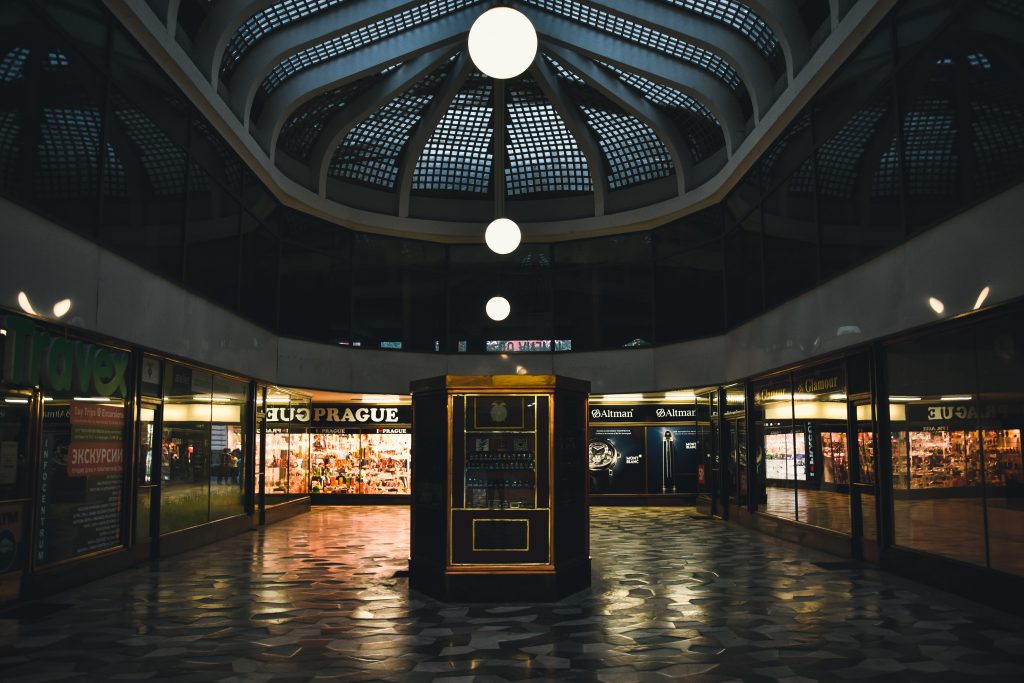The Death of the Department?
If NAB forecast are to be believed (as opposed to a slightly more optimistic outlook from the Commonwealth) physical retail in Australia is on the brink of recession.
While it’s obvious to most that retail, and indeed, the economy in general are struggling, how much of this is due to the entire sector struggling, and how much is down to a few large players?
A little bit of history
Five years ago, Woolworths Holdings (South African company not related to Woolworths Australia) purchased David Jones for a scant $2.1 billion. Even then, there were whispers of a contraction in retail – despite David Jones posting $95.2 million in profit for the year prior to purchase (2013). Woolworths Chief Executive Ian Moir allayed concerns by announcing that ‘The department store isn’t dead – mediocrity is dead.’
As of June 30 2019, the company’s operating profit dropped to $37 million and is now valued at $965 million – despite a $400 million dollar package being announced to revamp its network of stores. It would seem mediocrity is alive and well.
As a general rule, if you have to poke something with a stick – even a $400 million one – to see if it’s alive, it’s probably not.
This isn’t a malaise confined to Australia, either, with Sears slowly liquidating and Debenhams following suit.
In Australia, the relatively recent influx of international brands likely plays some role. Zara and Uniqlo, among others, have taken a bite out of department store sales. Likewise, online retail now makes up nearly 10% of all retail sales in Australia.

Data from Australia Post (Note: the above figures are historical and are used to indicate trends.)
Where to from here?
5 years ago, then Myer CEO Bernie Brookes pushed for a merger of the two retail giants. Evidently, David Jones rejected it. Given Woolworths recent outlay, it still seems unlikely to happen in the immediate future, despite some experts believing it to be the best way forward.
Consolidation, then, may be the next best bet. The sprawling sites offering a high-end product only make sense in upmarket areas. Decreasing their footprint and improving their offering are obvious (if costly) processes to undertake.
Question marks remain over whether they can steady the ship in time, however, Myer’s restructuring efforts in the previous financial year saved them $9 million in rent, aiding their first quarter of growth in nearly a decade.
In a retail arms race that may see only one of the pair survive, this may provide Myer stakeholders with a reason for optimism.

Lights are going off all over retail
Retail at large
It would seem that these retail juggernauts of yesteryear failed to notice the change in their customers. Their historical customer base no longer makes up the majority of the workforce, and the younger generations have different demands of retail. It needs to be readily accessible, cheap and, increasingly, ethically sourced. By catering to none of the above, they have lost market share.
Such is the size of these department store giants that it is difficult to determine exactly what the impact of their struggles will be upon the physical retail industry. Clearly, they can’t be considered the solid anchor tenants they once were. If they follow in the footsteps of Big W and downsize, this will allow smaller retailers increased leasing opportunity. But without the anchor of a big department store, how do shopping centres go about luring customers?
It will be interesting times ahead. Even if the sector can stave off recession, retail as a whole seems bound for a large restructure. Smaller, nimbler retailers may find themselves with unexpected opportunity if they can entice the next generation of customers before the giants restructure. Shopping centres will continue to consider their tenancy mix in a bid to remain relevant and, with luck, the consumer will benefit.
